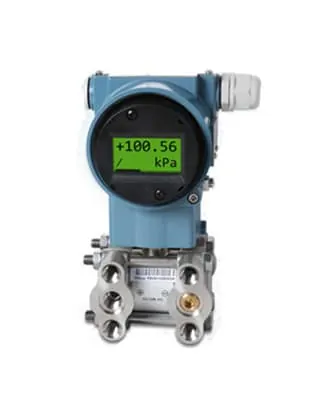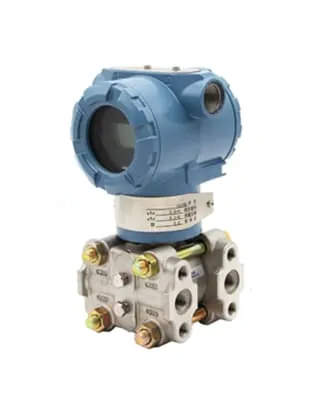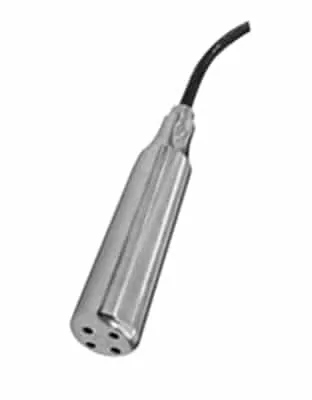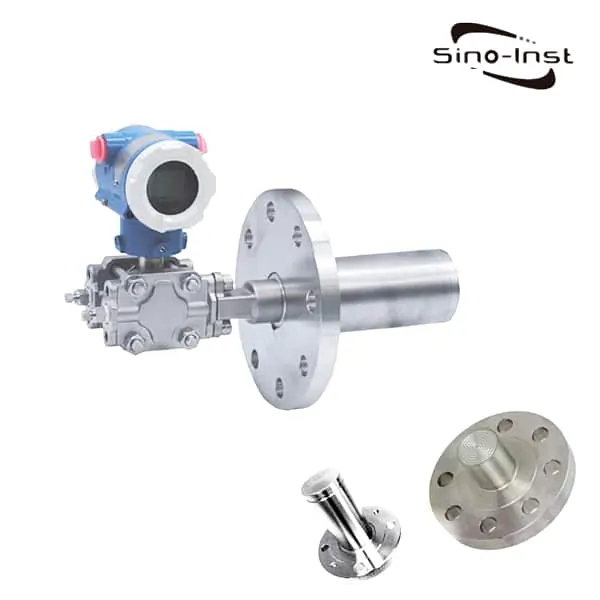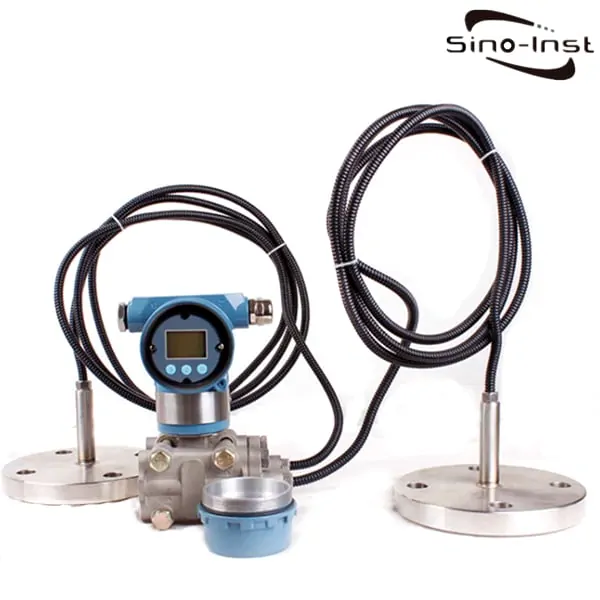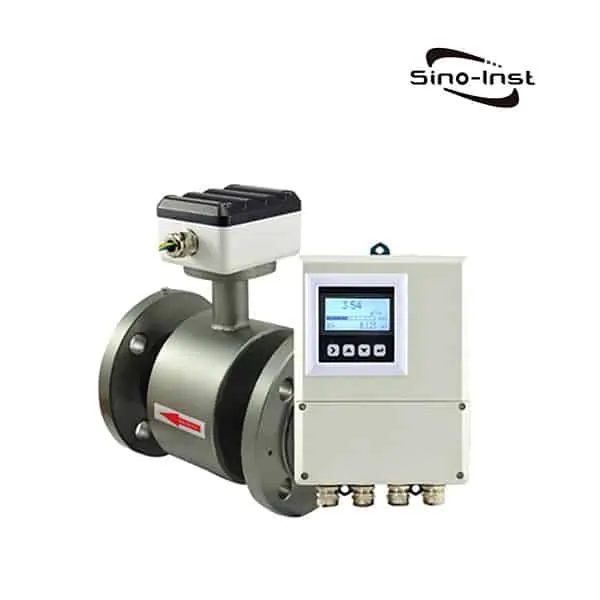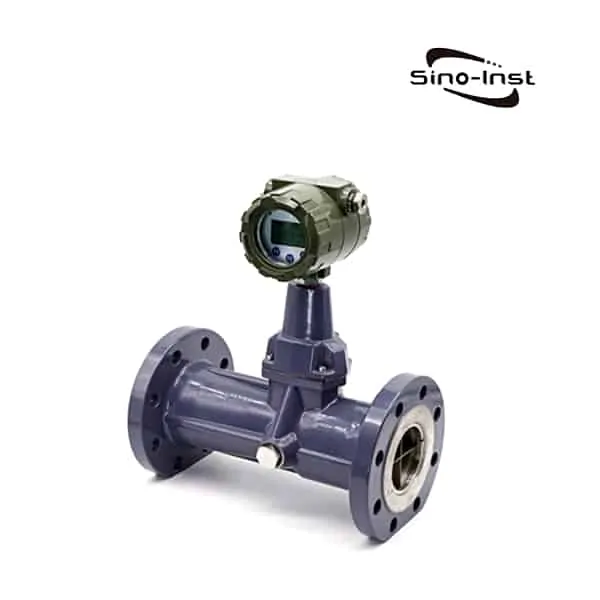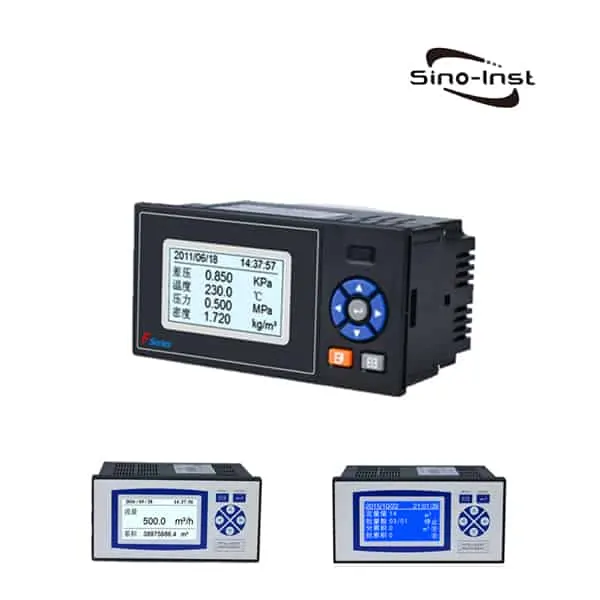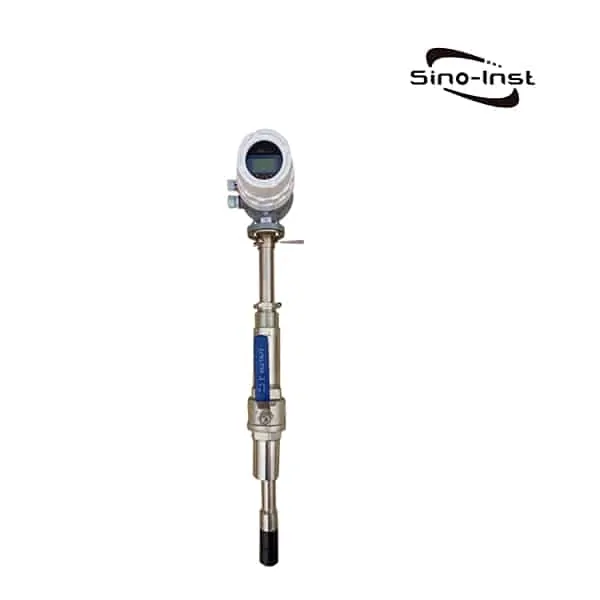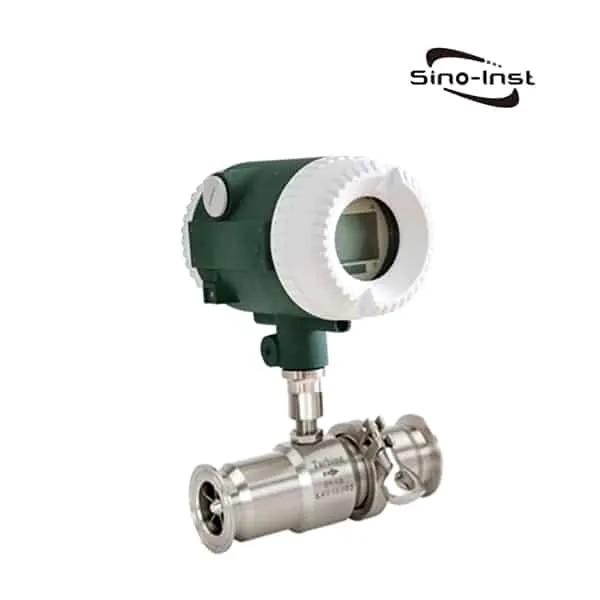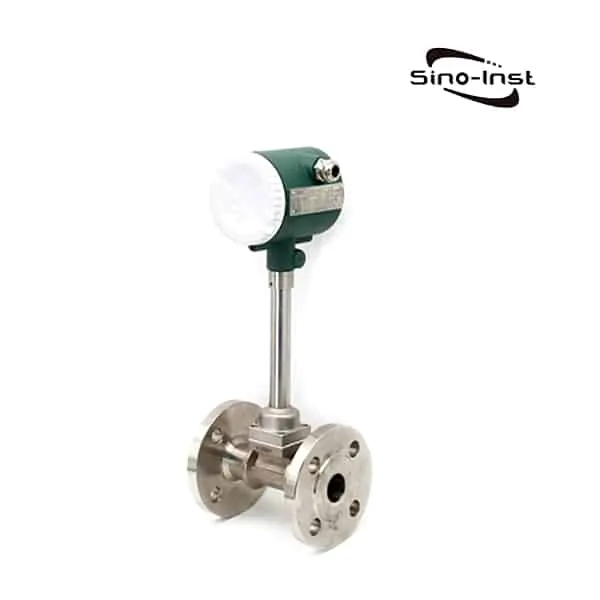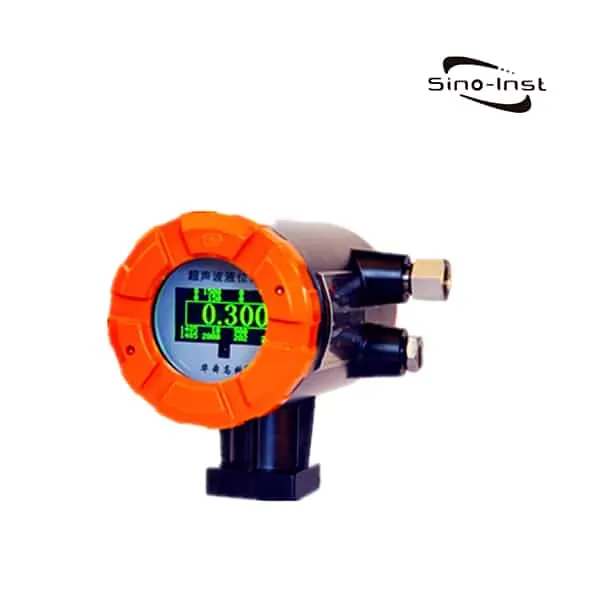4-20mA to 0-10v voltage, this is I/V conversion. That is current-voltage conversion, usually used for long-distance signal transmission in the industry.
How to convert a 4-20mA to 0-10V /1-5V signal?
There are two methods: one is to do it yourself with an operational amplifier. The other is to buy ready-made products, such as a 4-20MA/0-10V current-to-voltage isolation converter.

4-20mA is the standard output of our measuring instrument. Such as pressure transmitter, temperature transmitter, flow meter, liquid level transmitter, and so on.
In the field of industrial measurement and control, we often encounter the following problems:
How to convert 0-5V to 4-20mA, 0-20mA or 4-24mA?
How to convert 0-10V to 4-20mA, 0-20mA or 4-24mA?
How to transform ±5V, ±10V AC voltage signal into 4-20mA, 0-20mA, or 4-24mA DC current signal?
Read more about: What Is 0-10V Signal Output?
4-20mA standard signal conversion
Common standard analog signals are: 0-5V, 0-10V, ±5V, ±10V, 4-20mA, 0-20mA or 4-24mA. Common transmitters or sensors use one or more of the above formats to output standard signals.
Common secondary meters or acquisition cards generally accept input signals of one or more of the above formats.
When the output signal of the transmitter or sensor is different from the input signal format of the secondary instrument or acquisition card, we need to add a converter between them.
Because the 4-20mA standard signal has the advantages of strong anti-interference ability and no attenuation in the transmission process, it has been widely used in the field of measurement and control.
Often in order to achieve interface compatibility or improve electromagnetic compatibility, it is necessary to convert 0-5V, 0-10V and other standard voltage signals into 4-20mA standard current signals. Or the 4-20mA current signal needs to be converted into a 0-5V or 0-10V standard voltage signal suitable for the input of the acquisition card.
How to convert a 4-20mA to 0-10V /1-5V signal?
I have a pressure transmitter here that outputs a current of 4-20mA. As the input signal of the inverter. Now it is required to change the input signal of the inverter to a voltage signal. That is, the current of 4-20mA should be replaced with a voltage of 0-5V or 0-10V. The inverter has two inputs: 0-5V and 0-10V. Excuse me, how can it be transformed?
Answer: There are two schemes to achieve:
1.Use a hardware circuit to convert the input 4-20mA current signal into 0-5V or 0-10V voltage signal. See the circuit diagram below:

Connection:
- Select the A input port: connect A+ and RA together, connect an external 4-20mA current input signal, and connect the A- terminal to the PLC common point M. A input port is set to 0~20mA current input mode.
- The analog output port uses voltage output port V0, its M0 port is connected to the common terminal M, and the output port is set to voltage output mode: 0~10V (or 0~5V).
2.Use a signal converter
The signal converter converts the DC current or voltage signals of various devices on the site into the required DC signals for isolation and transmission and then outputs them to other instruments. The signal isolator can effectively eliminate ground return. Solve the problems of industrial field interference and signal conversion, transmission, and matching.
It is widely used in data acquisition, signal transmission and conversion, PLC, DCS, and other industrial measurement and control systems in electrical, power, telecommunications, steel, petrochemical, sewage treatment, environmental protection engineering, aerospace, building automation, and other fields. It is used to complete and supplement the system simulation I/O plug-in function. Increase
The applicability of the system and the reliability of the on-site environment.
Main Specifications
- Measurement: DC current, DC voltage, etc.
- Accuracy: ≤±0.1% F·S
- Power consumption: <1W (when 24VDC power supply)
- Impedance: current input ≤100Ω, voltage input ≥500KΩ
- Power supply: DC24V, AC220V or customized
- Isolation: Input, output, and power supply are completely isolated
- Support live hot swap operation. Easy to unload, high precision, high linearity, strong anti-interference
- Long-term work stability
| Input signal | Enter parameter code | Output 1 | Output 2 | Power supply |
| A DC power supply V DC voltage | Current Range A420 4-20mA A020 0-20mA A010 0-10mA T customer self-determined; Or voltage range V0100-10V V15 1-5V V075 0-75mV V6 0-600V T customer self-determined | V010 0-10V V15 1-5V A4204-20mA A0100-10mA T customer self-determined | V0100-10V V151-5V A420 4-20mA A0100-10mA T customer self-determined No input | D DC24V A AC220V T customer self-determined |
No matter which WaterFlow Meters you choose. The signal output by WaterFlow Meters, such as 4-20mA. The flow signal can be connected to a paperless recorder. Carry out multi-channel flow signal monitoring.
Our paperless recorder, also known as Digital Chart Recorder. also has such a function. Support signal input and output. You can configure appropriate functions according to your own needs. What Is A Digital Chart Recorder?
Related Products
Related Blogs
Sino-Instrument offers a variety of transmitters and sensors that support signal output. Including 4-20mA, 0-10V, 1-5V, etc.
About 30% of these are 4-20ma Pressure Transducers, 30% are Flow Meters, and 20% are Level Transmitters, 20% are 4-20ma Temperature transmitters.
Sino-Instrument is a globally recognized supplier and manufacturer of Pressure Transducers, located in China.
The top supplying country is China (Mainland), which supply 100% of Pressure Transducers respectively.
Sino-Instrument sells through a mature distribution network that reaches all 50 states and 30 countries worldwide.
Low-Pressure Transducers products are most popular in Domestic Market, Southeast Asia, and Mid East.
You can ensure product safety by selecting from certified suppliers, with ISO9001, ISO14001 certification.

Wu Peng, born in 1980, is a highly respected and accomplished male engineer with extensive experience in the field of automation. With over 20 years of industry experience, Wu has made significant contributions to both academia and engineering projects.
Throughout his career, Wu Peng has participated in numerous national and international engineering projects. Some of his most notable projects include the development of an intelligent control system for oil refineries, the design of a cutting-edge distributed control system for petrochemical plants, and the optimization of control algorithms for natural gas pipelines.

